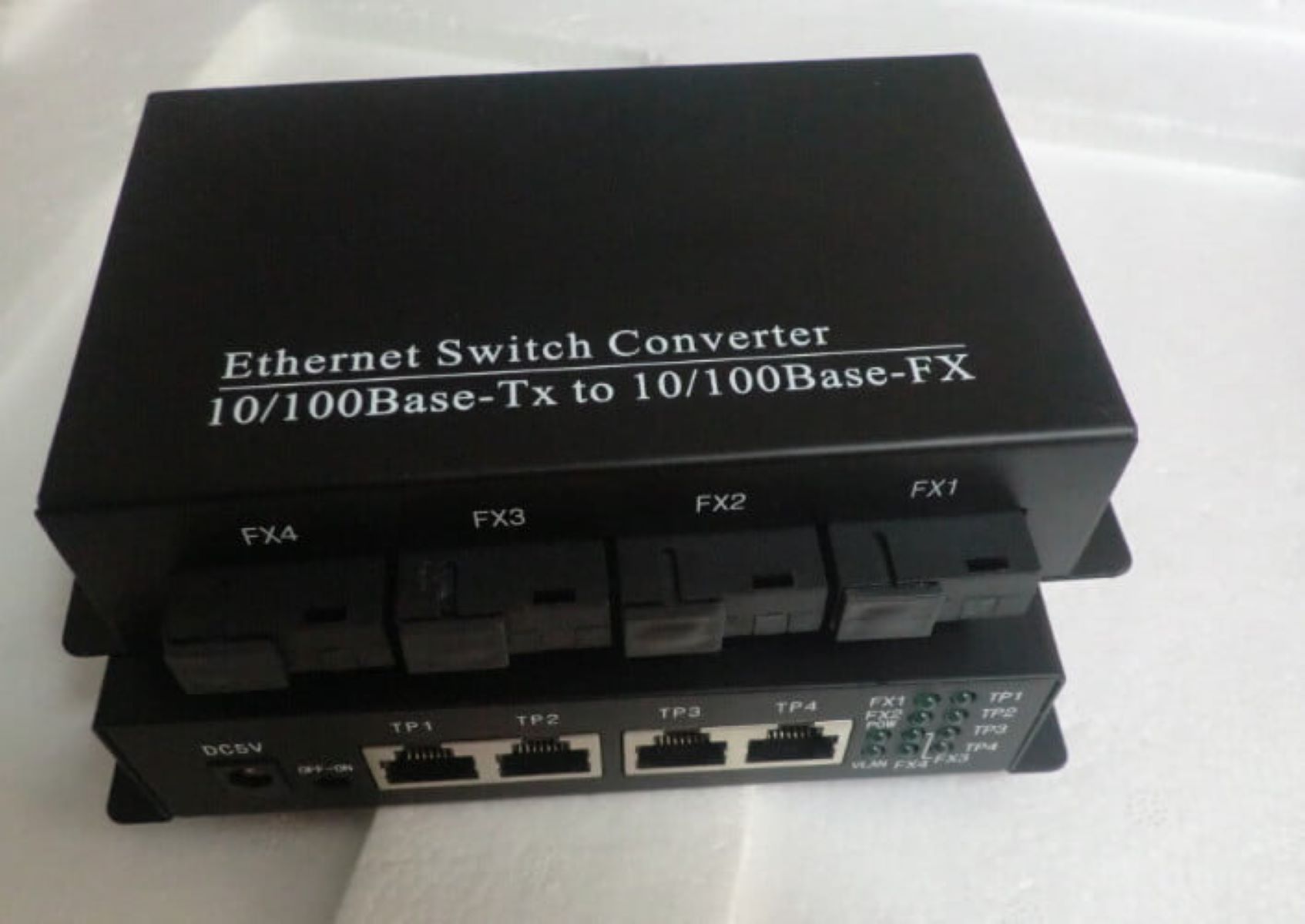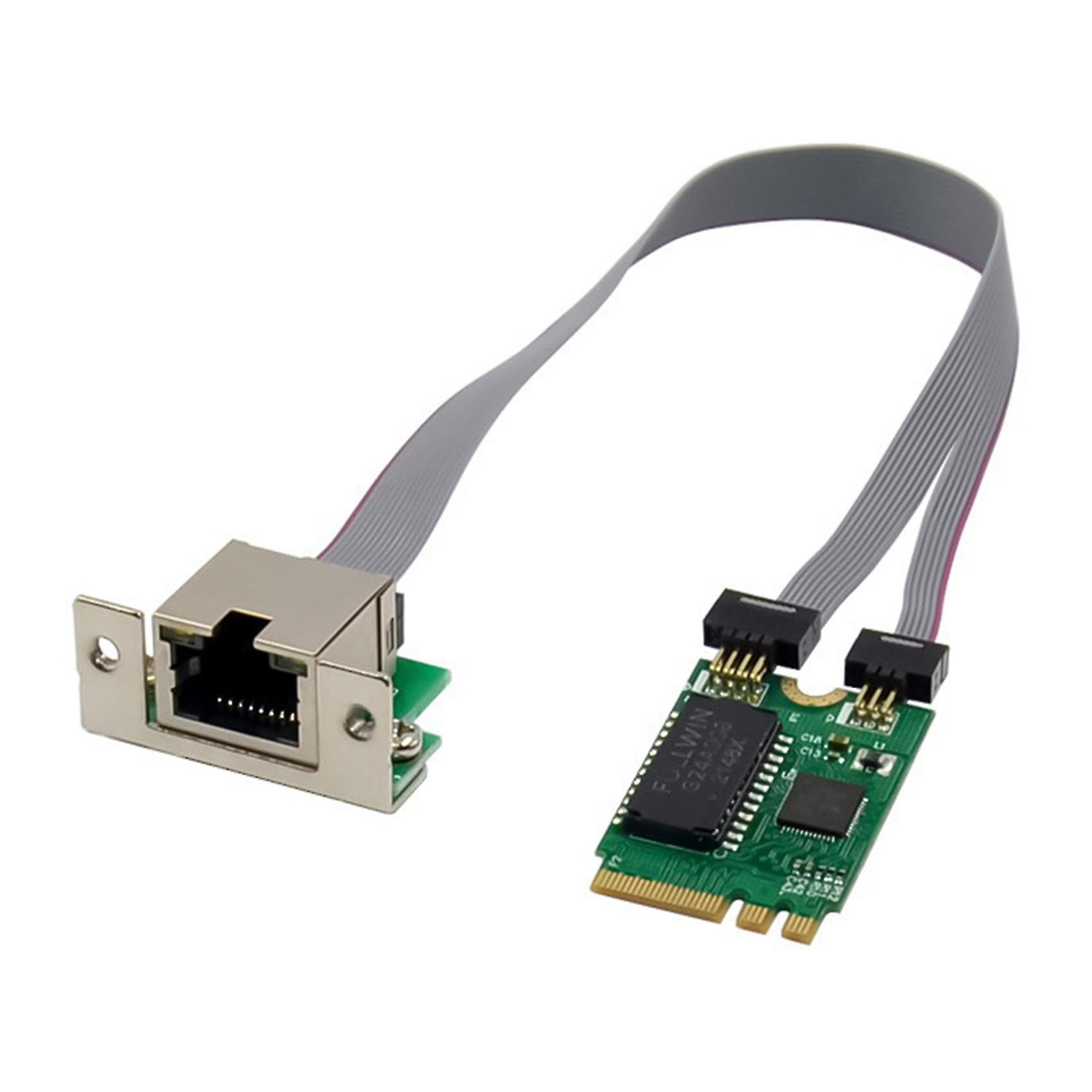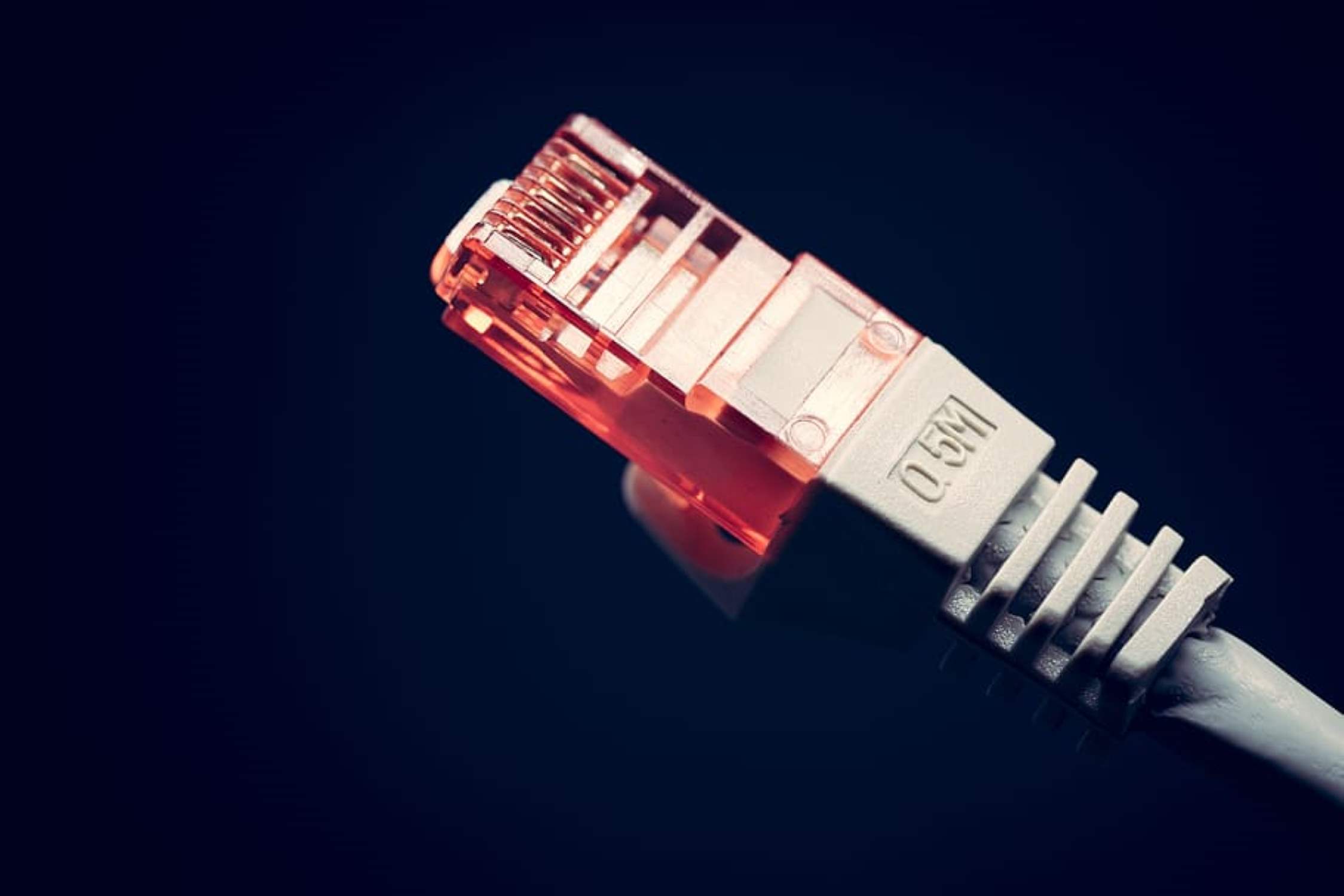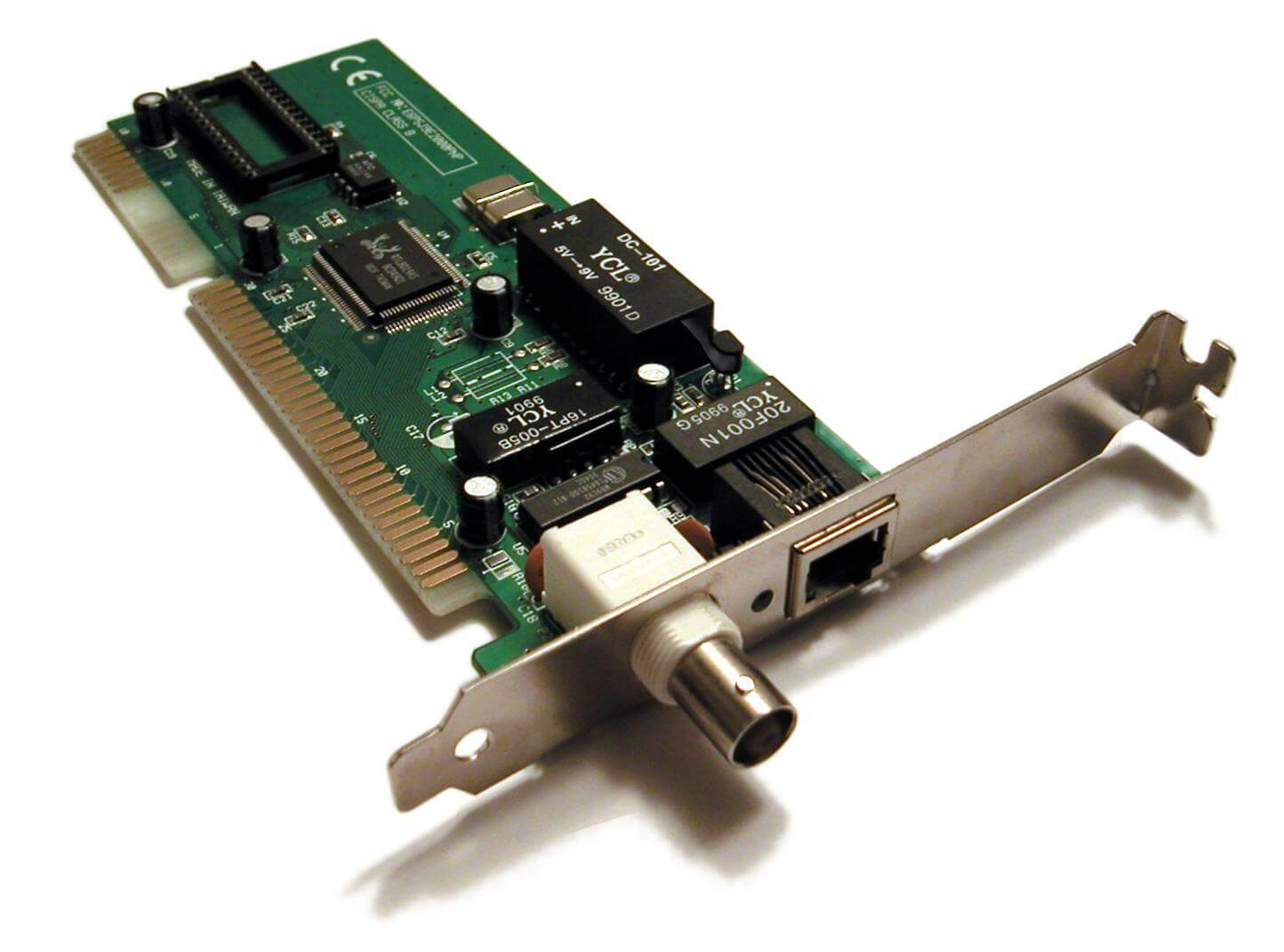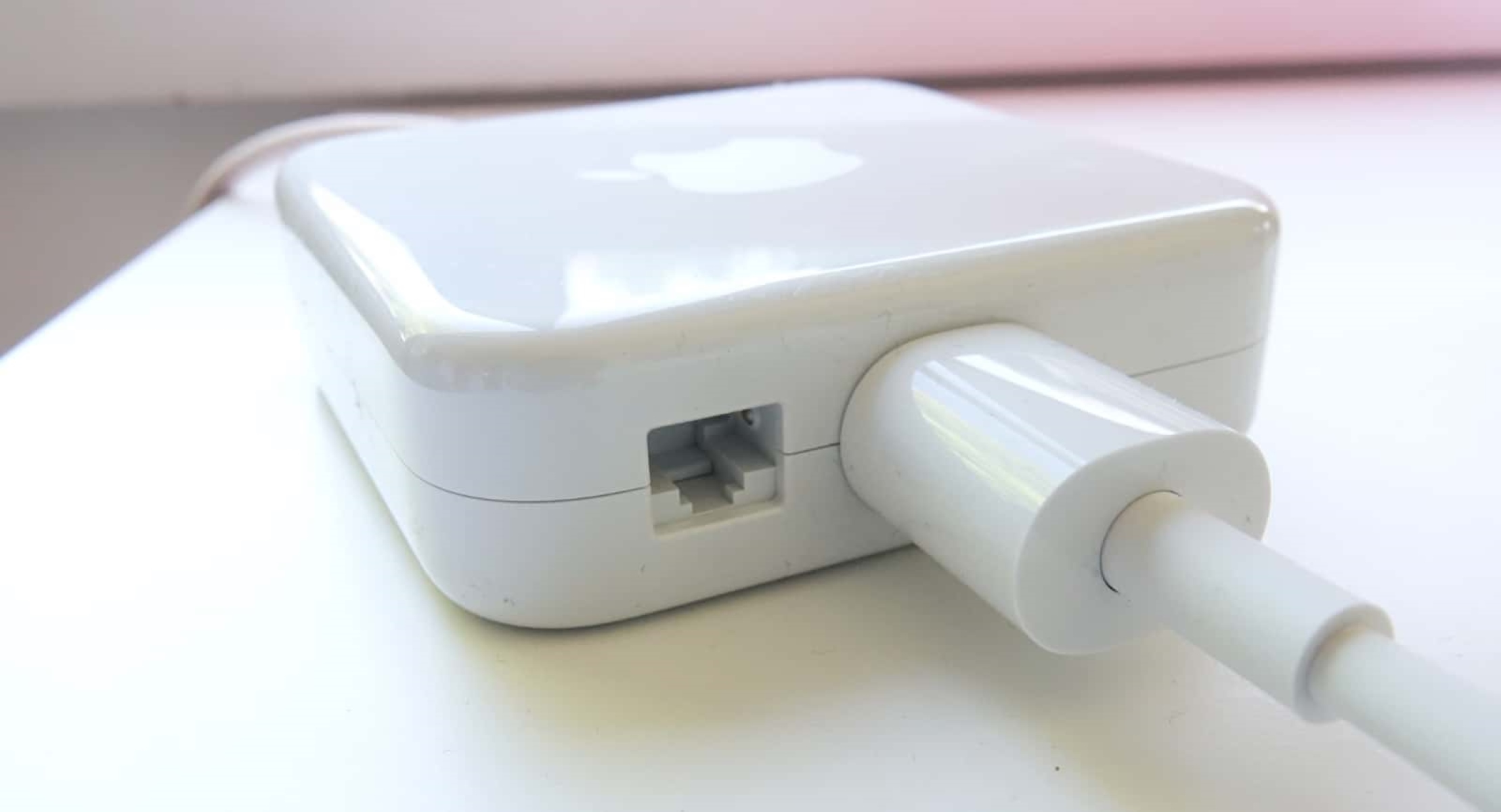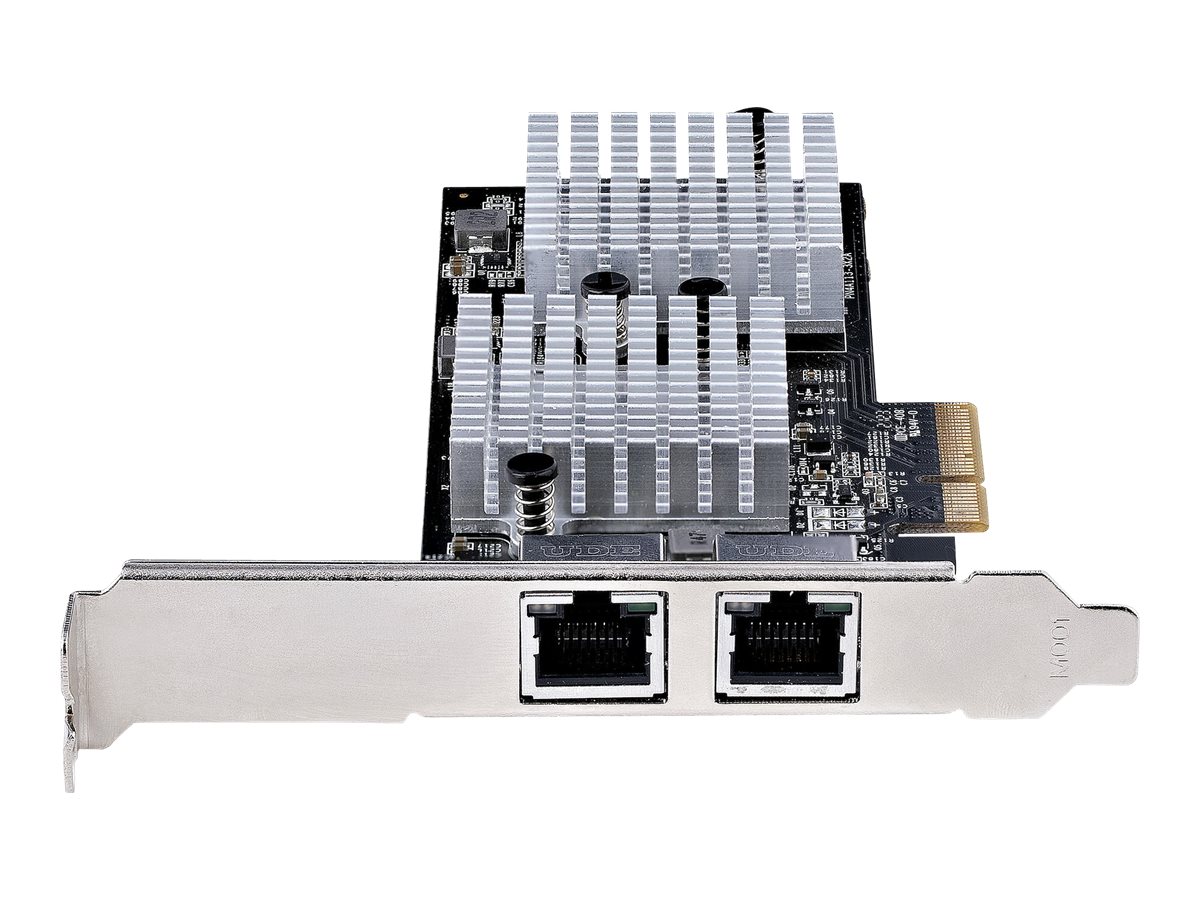Introduction
Full-duplex Fast Ethernet is a communication technology that allows data transmission in both directions simultaneously. Unlike half-duplex mode, where communication can occur in only one direction at a time, full-duplex mode enhances network performance by maximizing the utilization of available bandwidth. It is utilized in various networking environments, including local area networks (LANs) and wide area networks (WANs), to facilitate efficient and reliable data transfer.
In this article, we will explore the benefits and considerations associated with using full-duplex Fast Ethernet. We will address two true statements about its usage, shedding light on how it enhances network performance and the potential limitations that need to be taken into account.
Before diving into the details, it is important to understand the basics of Fast Ethernet. Fast Ethernet is a network standard that supports data transmission at a rate of 100 megabits per second (Mbps). It is an improvement over the original Ethernet standard, which operated at a speed of 10 Mbps. Full-duplex Fast Ethernet, in particular, allows simultaneous bidirectional communication at the full speed of 100 Mbps in both directions, effectively doubling the potential bandwidth.
Now let’s explore two true statements about using full-duplex Fast Ethernet and see how they impact network performance and considerations for implementation.
Statement 1: Increased Bandwidth
One true statement about using full-duplex Fast Ethernet is that it provides increased bandwidth for data transfer. In half-duplex mode, where communication can only occur in one direction at a time, the available bandwidth is effectively divided between transmitting and receiving data. This limitation can result in decreased network performance and slower data transfer speeds.
However, by implementing full-duplex mode, the available bandwidth is fully utilized in both directions simultaneously. This means that data can be transmitted and received at the same time, effectively doubling the potential bandwidth. This increase in bandwidth allows for faster and more efficient data transfer, which is particularly beneficial in environments where large amounts of data need to be transmitted quickly, such as in multimedia streaming, file transfers, and video conferencing.
By utilizing the full available bandwidth, full-duplex Fast Ethernet minimizes network congestion and reduces the chances of data collisions. In half-duplex mode, when multiple devices attempt to transmit data simultaneously, collisions occur, leading to data retransmission and decreasing network efficiency. With full-duplex mode, devices can transmit and receive data independently, preventing collisions and optimizing data transfer rates.
It’s important to note that in order to fully take advantage of the increased bandwidth provided by full-duplex Fast Ethernet, both the network infrastructure and the connected devices must support this mode. This includes the use of compatible network switches, routers, and network interface cards (NICs). Additionally, each device on the network must have its own dedicated pathway to transmit and receive data without interference from other devices. Implementing full-duplex mode requires careful planning and configuration to ensure optimal performance.
In summary, the statement that full-duplex Fast Ethernet provides increased bandwidth for data transfer is true. By enabling simultaneous bidirectional communication, this mode allows for the efficient utilization of available bandwidth, leading to faster and more reliable data transfer. However, it is important to ensure that the network infrastructure and connected devices support full-duplex mode to fully reap the benefits of increased bandwidth.
Statement 2: Simultaneous Bidirectional Data Transfer
Another true statement about using full-duplex Fast Ethernet is that it enables simultaneous bidirectional data transfer. In traditional half-duplex mode, data transmission can only occur in one direction at a time. This means that devices have to take turns to transmit and receive data, leading to potential delays and decreased network efficiency.
With full-duplex mode, devices can transmit and receive data simultaneously, allowing for more efficient and seamless communication. This bidirectional data transfer capability is particularly beneficial in situations where real-time data exchange is crucial, such as in video conferencing and online gaming.
By enabling simultaneous bidirectional data transfer, full-duplex Fast Ethernet significantly reduces latency and improves response times. In half-duplex mode, devices have to wait for their turn to transmit or receive data, which can lead to delays and increased network latency. This can be especially problematic when dealing with time-sensitive applications, where even slight delays can significantly impact user experience and application performance.
In addition, simultaneous bidirectional data transfer in full-duplex mode allows for better use of network resources. With devices being able to transmit and receive data at the same time, there is no wasted idle time where the network is not fully utilized. This results in improved network efficiency and better overall performance.
It’s worth noting that the successful implementation of simultaneous bidirectional data transfer depends on the network infrastructure and the capabilities of the connected devices. Network switches, routers, and NICs must support full-duplex mode, and each device needs to have its own dedicated pathway for data transmission. Additionally, proper configuration and monitoring of the network environment are essential to ensure optimal performance and avoid any potential bottlenecks.
To sum up, the statement that full-duplex Fast Ethernet enables simultaneous bidirectional data transfer is true. This feature enhances network performance by reducing latency, improving response times, and making more efficient use of network resources. However, careful consideration of network infrastructure and device capabilities is necessary to fully leverage the benefits of simultaneous bidirectional data transfer.
Statement 3: Shared Medium Limitations
One important consideration when using full-duplex Fast Ethernet is the potential limitations associated with shared media. In a shared media environment, all devices connected to the network share the same physical medium, such as a network cable or wireless frequency. This characteristic can introduce challenges when implementing full-duplex mode.
Shared media environments typically rely on a technique called carrier sense multiple access with collision detection (CSMA/CD) to control access to the medium and avoid data collisions. In half-duplex mode, CSMA/CD works by detecting collisions and implementing a backoff mechanism to prevent devices from transmitting data simultaneously.
However, in full-duplex mode, where devices can transmit and receive data simultaneously, CSMA/CD is not necessary. This means that devices do not need to perform collision detection, as data collisions are prevented by the separate transmission and reception pathways provided by full-duplex Fast Ethernet.
Despite these advantages, the shared medium limitations still exist. In a shared media environment, full-duplex mode can lead to potential conflicts if not properly managed. One common scenario is when multiple devices share the same network segment and attempt to transmit data simultaneously. In such cases, the shared medium can become congested, leading to a decrease in network performance.
To overcome this limitation, network administrators may need to implement mechanisms to ensure fair access to the shared medium. For example, network segmentation techniques such as virtual LANs (VLANs) can be used to divide the network into separate broadcast domains, reducing the likelihood of congestion and improving overall network performance.
Furthermore, it is important to consider the physical limitations of the shared medium itself. The maximum distance and bandwidth that can be achieved in a shared media environment may be constrained by factors such as cable length and signal degradation. These limitations can impact network performance and may require additional infrastructure upgrades or alternative networking solutions.
In summary, while full-duplex Fast Ethernet provides significant advantages in terms of simultaneous bidirectional data transfer and increased bandwidth, it is important to consider the limitations associated with shared media environments. Proper management of shared resources and consideration of physical limitations will ensure the optimal performance of full-duplex Fast Ethernet in such environments.
Statement 4: Increased Complexity and Cost
It is true that using full-duplex Fast Ethernet can introduce increased complexity and cost to a network infrastructure. While the benefits of simultaneous bidirectional data transfer and increased bandwidth are undeniable, these advantages come with certain considerations that need to be taken into account.
Implementing full-duplex mode requires compatible network devices that support this feature, such as switches, routers, and network interface cards (NICs). Upgrading or replacing existing network hardware to support full-duplex mode can be a significant undertaking, leading to increased complexity in terms of configuration and management.
Moreover, the infrastructure required to support full-duplex mode may require additional cabling and equipment. Each device needs to have its own dedicated transmission and reception pathways to avoid collisions and optimize performance. This may require the installation of additional cables or the reconfiguration of existing cabling systems, adding to the overall cost of the network infrastructure.
Additionally, the increased complexity and cost are not limited to hardware considerations only. Network administrators and IT personnel responsible for managing the network may require additional training and expertise in configuring and troubleshooting full-duplex Fast Ethernet environments. This extra complexity can make network management more demanding and time-consuming.
Another factor contributing to increased complexity is ensuring compatibility and interoperability between devices from different manufacturers. It is essential to choose network equipment that adheres to industry standards, ensuring seamless integration and avoiding compatibility issues that could disrupt network operations.
While the increased complexity and cost associated with full-duplex Fast Ethernet may be a consideration, it is crucial to weigh these factors against the performance benefits that can be achieved. Organizations with high data transfer requirements and performance-sensitive applications may find the investment in full-duplex mode justified, as it can significantly improve network efficiency and overall productivity.
Furthermore, as technology advances and becomes more standardized, the cost and complexity factors associated with full-duplex Fast Ethernet are likely to decrease over time. As the demand for faster, more robust networks continues to grow, the industry will likely offer more cost-effective solutions and simplify the implementation of full-duplex mode.
In summary, while there are increased complexity and cost considerations associated with implementing full-duplex Fast Ethernet, it is important to evaluate these factors in light of the improved network performance and efficiency that can be achieved. Careful planning, proper training, and selecting compatible network equipment can help mitigate these challenges and maximize the benefits of full-duplex Fast Ethernet.
Conclusion
Full-duplex Fast Ethernet offers significant advantages in terms of increased bandwidth and simultaneous bidirectional data transfer, leading to improved network performance and efficiency. By enabling devices to transmit and receive data simultaneously, full-duplex mode reduces latency and allows for better utilization of available network resources. It is particularly beneficial in high-demand environments where real-time data exchange and fast data transfer are crucial.
However, it is important to consider the limitations and challenges associated with implementing full-duplex Fast Ethernet. Shared media environments require careful management to avoid congestion and ensure fair access to the shared medium. Additionally, the increased complexity and cost involved in upgrading network devices and infrastructure to support full-duplex mode should be taken into consideration.
Despite these considerations, the benefits of full-duplex Fast Ethernet are often worth the investment. Improved network efficiency, reduced latency, and faster data transfer contribute to enhanced productivity and better overall user experience. As technology continues to evolve and become more standardized, the cost and complexity factors associated with full-duplex mode are likely to decrease over time, making it an even more attractive option for organizations.
In conclusion, full-duplex Fast Ethernet is a powerful communication technology that delivers increased bandwidth, simultaneous bidirectional data transfer, and improved network performance. Although considerations such as shared media limitations, increased complexity, and cost should be addressed, the benefits it offers outweigh these challenges in many scenarios. Understanding the potential of full-duplex Fast Ethernet and properly implementing it can provide organizations with a robust and efficient network infrastructure.







